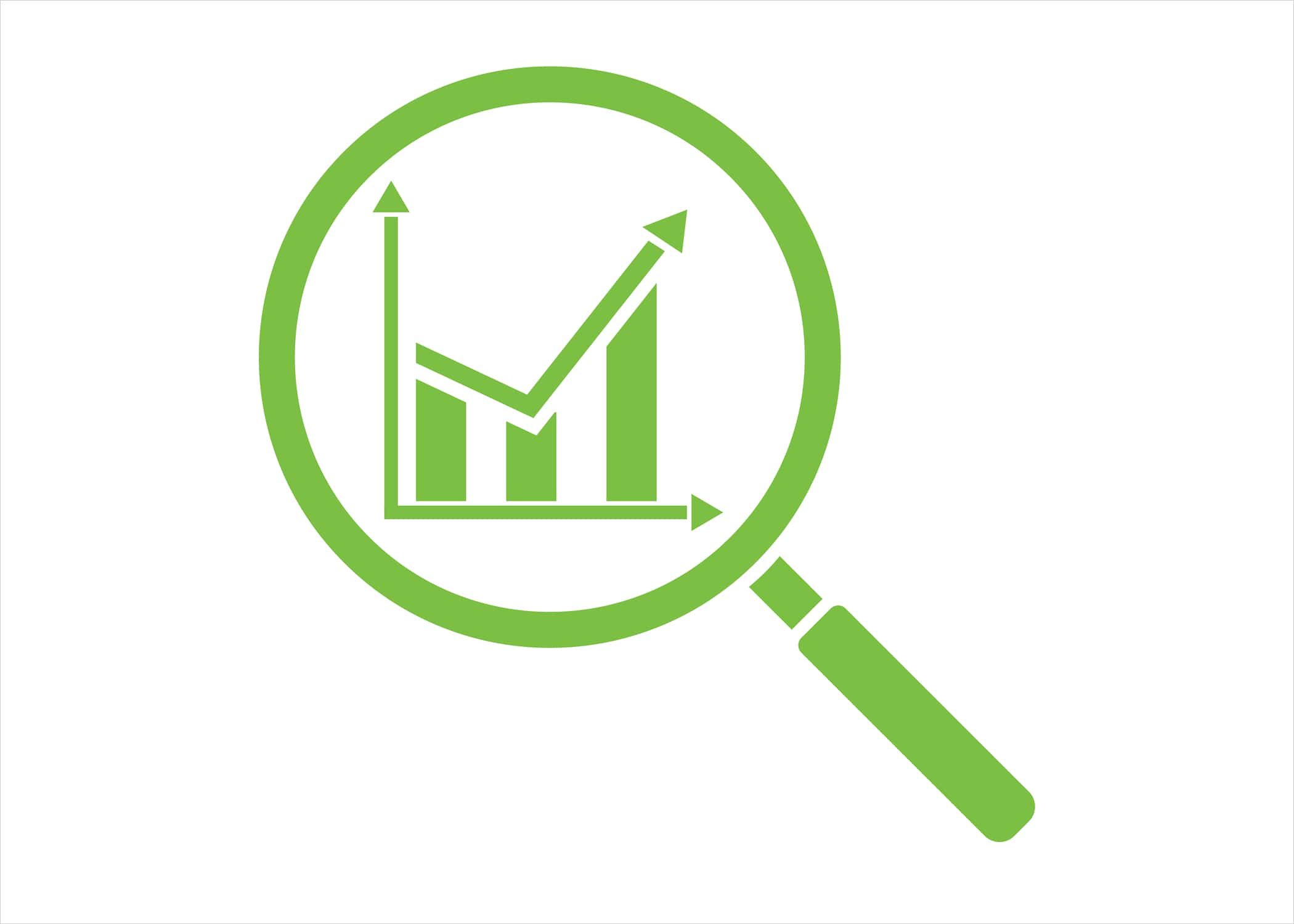How Data Becomes Information... and Information Becomes Insight

I love this quote because I think it really gets to the heart of the notion that there's so much more to data management than simply storing numbers in a spreadsheet. In fact, given the context above, data management doesn’t seem like such a great term for it at all, does it? Maybe we should call it an “Insight Framework” – that would definitely put people in the right mindset – since data is just the tip of the iceberg…
One common mistake I've encountered in working with clients on their data management systems is the idea that more data is better data. This often shows up as a practice of collecting every piece of data across every element you monitor. Take live data or real-time monitoring, for example. While there are circumstances where live, continuous data feeds are necessary (i.e. when the slightest exceedance of a permitted level would shut down production), there are many more instances where a poll every 15 minutes or even hourly would provide just as much insight. In the event that the aforementioned exceedance is only a permit compliance (or a public safety issue if it lasts for more than six hours), an hourly report would be sufficient to give the organization time to react and mitigate the issue.
Another example of this is idea that historical data, collected from multiple sources, will reveal invaluable insights. As one of our clients discovered while establishing a new database, though, big data can also be a big headache. The challenge began when the company sought to migrate 20 years' worth of existing data. They had hoped that the deep history would provide them with valuable insight and were adamant that this was the way to go. What they didn't realize, however, was that existing data had been collected without a target or purpose in mind. It was quite literally a mountain of numbers. And the presence of this historical data, without proper context, also tarnished users confidence in the 'good' data in the system, too. Thankfully, after an extensive set of projects, we have been successful in transforming their data into a valid and reliable source of information based on an outcome-driven mandate.
As this client learned, underestimating the value of getting your data framework right to start with can be a very costly mistake. But by capturing information according to a carefully and purposely designed framework, companies can use their data to improve their business, their goals and our communities. After all, data are facts from which information is derived. And for those numbers to become information, they need to be put into context. To mitigate one of the 'ifs' above, you should analyze your situation and focus the scope of your data collection on what will lead to the actionable insights you seek.
To learn more about how to harness information to advance your programs, join SRA for the NAEM webinar on April 21 on "How Harnessing Your Data can Drive Continuous Improvement."
Topics:
Metrics & Reporting
Related
About the Author
Stuart van de Water
Stuart van de Water is a Solutions Advocate for SRA Information Technology, where he uses his 20 years of experience and passion to drive new and existing product innovation processes and projects accountable to the fundamental premise of "what problem are we actually trying to solve."
